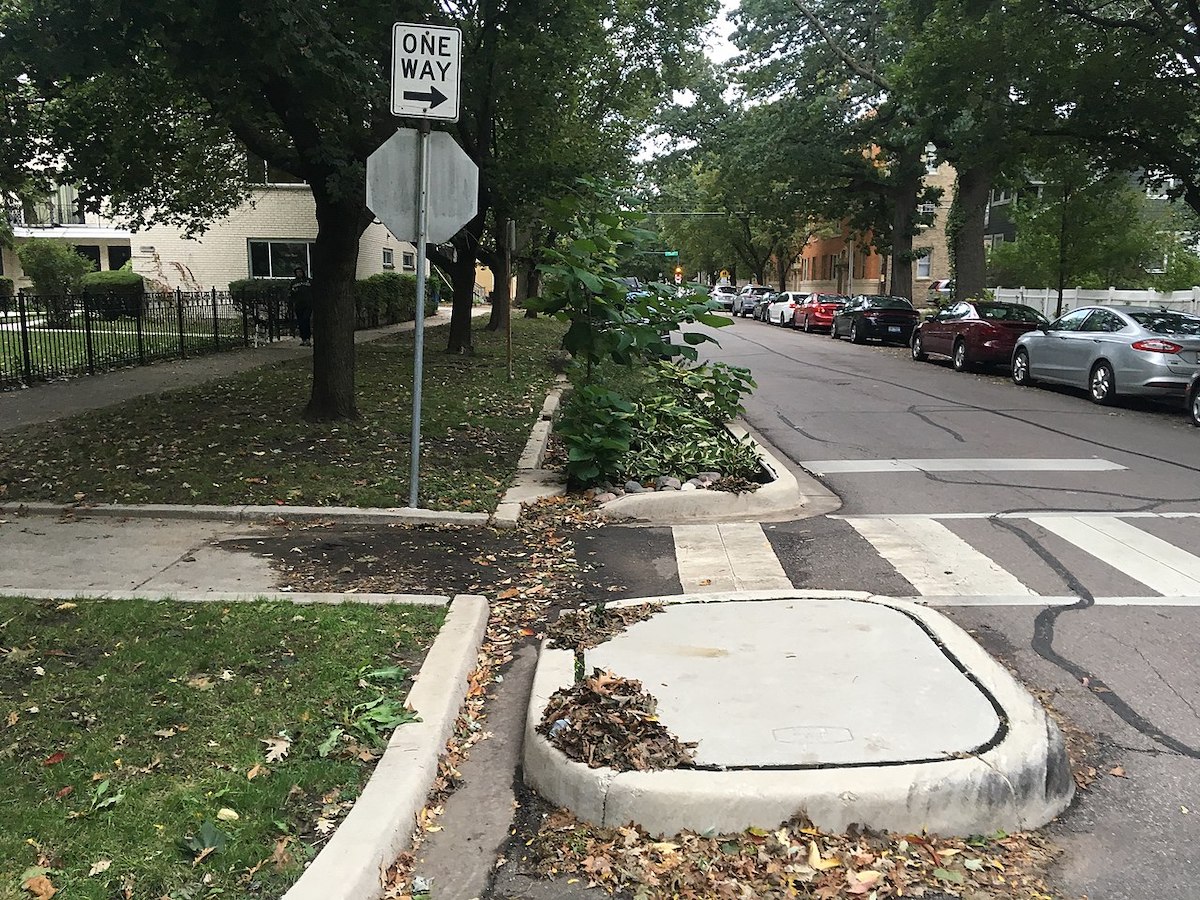
U.S. cities have the potential to capture billions of gallons of rainwater by implementing more “spongy” infrastructure, according to a recent report from the Pacific Institute. The report highlights that urban areas produce nearly 60 million acre-feet of stormwater runoff annually, much of which is currently directed away from cities and towards the ocean or other bodies of water. By shifting towards a more sustainable approach of capturing rainwater, cities can help replenish groundwater resources and ensure local water supplies.
One example of successful implementation comes from Los Angeles, where recent storms led to the capture of an impressive 8.6 billion gallons of water through various green infrastructure techniques. Cities on the East Coast are also taking steps to combat flooding by utilizing rain gardens, bioswales, and permeable pavement. In addition, more cities are adopting stormwater fees, which charge property owners based on the amount of impervious surfaces on their land, therefore incentivizing the implementation of more permeable surfaces.
By embracing these innovative strategies, U.S. cities can make great strides towards sustainable water management and resource conservation.It is crucial for urban areas to prioritize the adoption of spongy infrastructure to effectively manage stormwater and reduce the strain on water resources.


